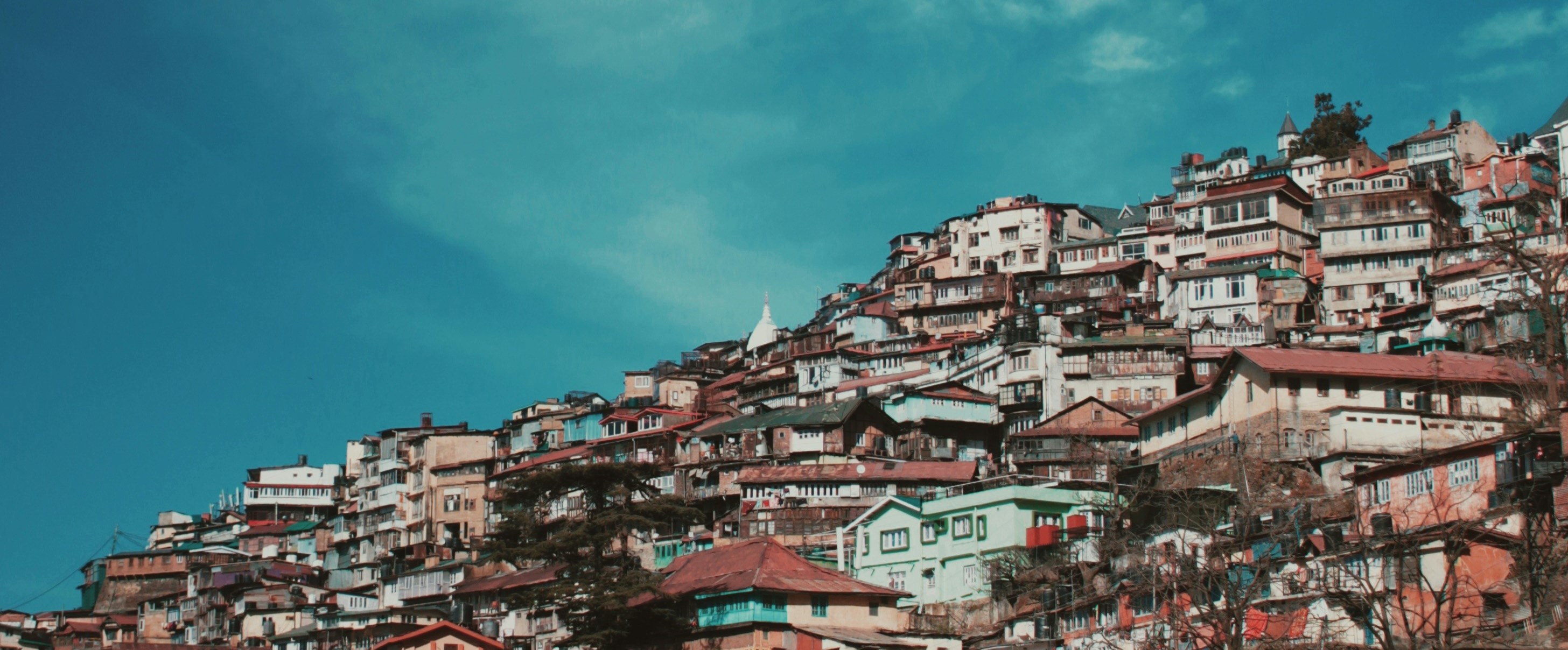A new way of living...for the people and the planet

COVID-19 and its challenges have arrived to slow down our daily rhythm, restructuring life as we knew it, leaving millions of people confined inside their homes, impacting, and drastically changing our lifestyles. People privileged enough to have their basic needs covered during the health crisis are using this space to rethink their choices, implement changes and incorporate new habits to their lifestyle. In times of changes, such as when adapting to new environments, new behaviors are more likely to be adopted as part of our daily lives long-term. Changing to sustainable habits is, now more than ever, timely.
Each day people’s habits, decisions and daily consumption have an impact on our planet. If current rates of consumption continue, by 2050 society would need 2.5 planets to support the projected nearly 10 billion people (considering global average consumption) (1). The way people eat, decide to wear, how they travel and transport, the way they use their money, and how they decide to have fun are decisions that are made each day, and if it fuels a movement, it can shift the needle towards a sustainable and more just planet.
The consumer power of generation Z is estimated at 100 billion dollars, a budget that is similar to the costs necessary to meet the targets of the Sustainable Development Goal (SDG) 6 on Clean Water and Sanitation (2). For this reason, empowering the voices of today’s youth is necessary to support tomorrow’s sustainable consumption choices.
Anatomy of Action, an initiative of the UN Environment Programme and the UnSchool of Disruptive Design, is an evidence-based actions kit to help individuals swap current behaviors for more sustainable ones. It integrates activities in key lifestyle domains such as food, stuff, move, money, and fun with the purpose of building a more sustainable world and combat climate change.
According to the Youth 2030 Strategy, youth between 10 and 24 years old are the largest generation of young people, with almost 90% of them living in developing countries. With the vision to create a sustainable actions movement in Latin America, #ManosALaAcción, a 15-day social media challenge, was launched on December 1st in cooperation with Universidad de los Andes.
After the global challenge in 2019, Latin America is the first region to join the Anatomy of Action challenge to adopt lighter and sustainable lifestyles. “Each day we vote with our wallet, we need to see our reality (inequality, climate change) and define new dreams”- Adriana Zacarías, Global Coordinator of GO4SDGs at the launch of the challenge.
Sustainable lifestyles are sometimes portrayed as a check list to swap “unsustainable” things for neat, expensive, trendy, and sustainable ones, or as an over produced good looking plant-based meal. However, Latin American youth are defining new ways of living that are simpler, lighter, happier, and more in balance with the natural limits of our ecosystems. All over the region they are embracing their limitations and exploiting their opportunities to live a more, perfectly imperfect, sustainable lifestyle.
During the challenge, seven live events gathered a combined audience of 15,448 viewers. The events starred regional influencers and included activities such as the elaboration of plant-based meals while discussing sustainable diets (@macca_bites), conversations about defying traditions to rethink our consumption habits for the holidays (@vayaconsumismo), and tips to reduce the impact of online shopping and our digital actions (@sustentofila).
Actions shared during the challenge were varied. A traditional vegan breakfast was highlighted, with plant-based protein from a fern named Monkey Tail, at the Naso indigenous community in Panama. Viewers were able to appreciate the flexibility and affordability of local and traditional markets that allows bulk buying with your own reusable containers. Even finding creative ways to use all parts of vegetables or to creatively transform traditional meals to plant-based editions maintaining culture but influencing new traditions.
Youth is realizing, and portraying in social media, that a real sustainable lifestyle goes beyond the effort of neat and pretty reusables, it means convenience, practicality, living lightly while using and repurposing what you already own. In the spirit of supporting their communities, people highlighted local artisans that repair shoes and electronic devices. Passionate to slow down fast fashion, they exchanged clothes between friends and cousins, made their own clothes, repaired and repurposed things they already possessed. Willing to grow their own food, local urban gardens were showcased at available spaces, in containers and recyclables of different colors and sizes. These efforts highlighted the true spirit of a sustainable lifestyle.
With a combined social media audience of 1,000,000 viewers, youth from LAC showed a revolutionary proposal to the way of life they were raised to admire and pursue, slowing down their consumption to transform their lives, their social surroundings and showcasing a purposeful lifestyle. Latin America boasts vast potential to build resilient communities, drive climate transformation, and lead the fight to address climate change one lifestyle at a time. When their unique voices and collective efforts are amplified, the world can take notice of a regional effort for sustainable lifestyles and translate these into more actions.
The Anatomy of Action is one of many resources being offered through the GO4SDGs menu of services, which offers a range of policy, advocacy and knowledge-based tools, services and capacity building opportunities for youth, small businesses and policymakers on how to embrace sustainable lifestyles and make smart choices.
(1) WWF (2013) Living Planet Report
(2) WBG (2016) The Costs of Meeting the 2030 Sustainable Development Goal Targets on Drinking Water, Sanitation, and Hygiene


